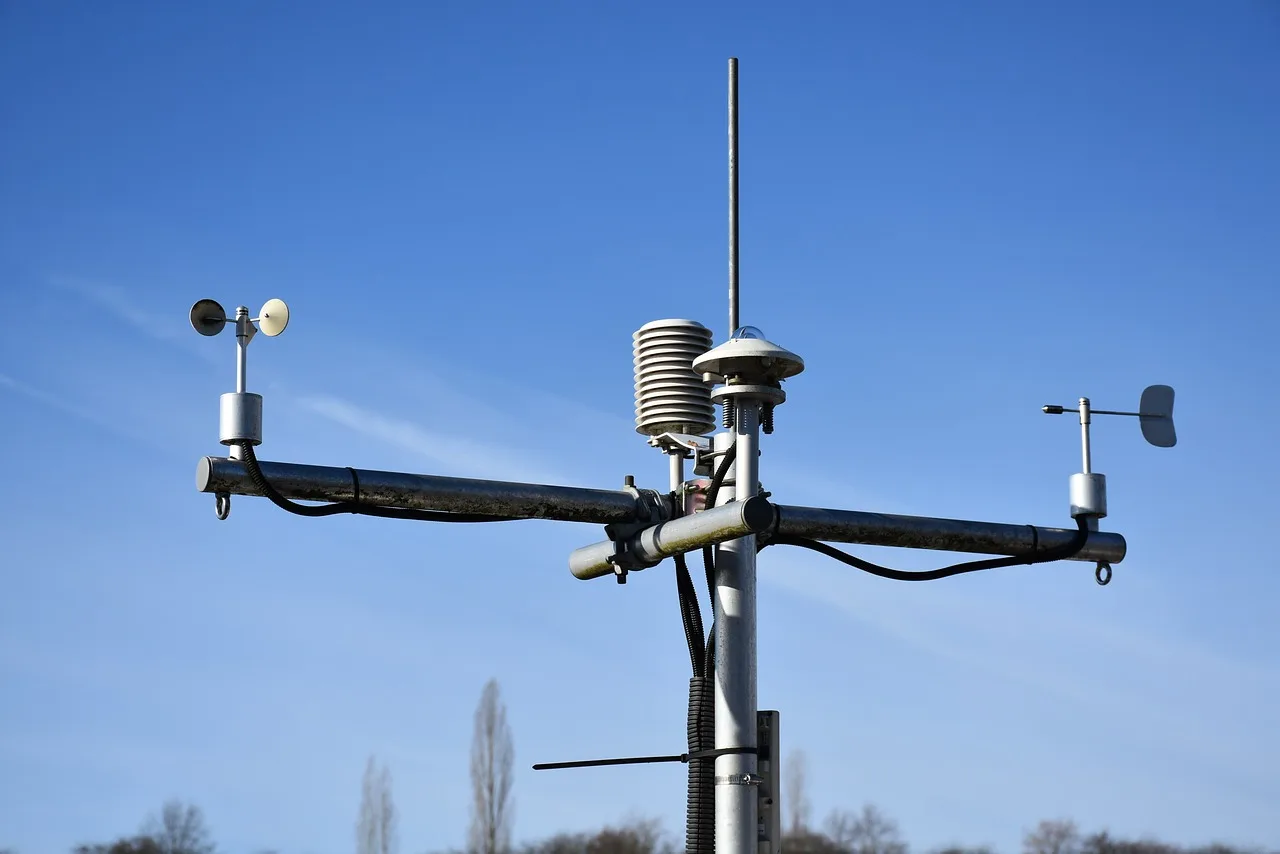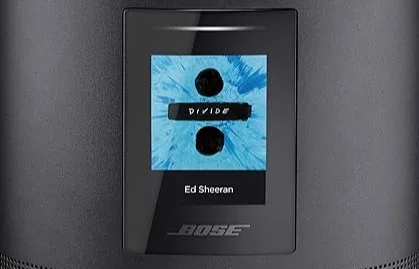Have you ever wished for a home that could anticipate your every need? With smart home automation, that dream becomes a reality! Imagine walking into a dark house after a long day, only to have the lights turn on automatically as you enter. Or maybe you’d love to come home to a perfectly cooled living room during those hot summer months. These conveniences are just the tip of the iceberg when it comes to what smart homes can offer. Let’s dive into the world of automated living and discover how to set up effortless routines tailored to your lifestyle.

Table of Contents
- Hub Automation Essentials
- Familiarizing Yourself with Hub Features
- Integrating Devices for Seamless Cooperation
- Designing Intelligent Routines
- Identifying Opportunities for Enhanced Comfort
- Setting Up Customized Scenarios
- Time-Based Automation Techniques
- Leveraging Sunrise and Sunset Triggers
- Managing Your Day with Ease
- Event-Triggered Automations Made Easy
- Implementing Motion-Activated Lighting
- Discovering More Advanced Options
- Optimization Strategies
- Monitoring Performance and Adjusting Accordingly
- Continuous Improvement for Maximum Benefits
Hub Automation Essentials
First things first—to enjoy all the benefits of a smart home, you’ll need a reliable hub capable of controlling multiple devices simultaneously. Popular options include Samsung SmartThings, Amazon Alexa, Google Nest, and Apple HomeKit. Each offers various automation features designed to simplify your life.
Familiarizing Yourself with Hub Features
Take some time to explore your hub’s user interface and learn about available functions. Many modern hubs allow users to group their devices by category or location, making it easy to manage them from a single screen. Additionally, most interfaces provide access to pre-configured routines created specifically for popular tasks like waking up, leaving home, returning home, and going to bed.
Integrating Devices for Seamless Cooperation
Once you feel comfortable navigating your hub’s features, begin integrating compatible smart devices into your system. Common categories include light bulbs, plugs, switches, outlets, locks, cameras, doorbells, thermostats, and speakers. Remember that different brands may require additional setup procedures before connecting them to your hub. Once integrated, ensure each device works correctly within the ecosystem.
Designing Intelligent Routines
Now let’s discuss how we can harness our newly connected devices to streamline everyday activities. We refer to these sequences as “smart routines.” Here’s how to get started:
Identifying Opportunities for Enhanced Comfort
Consider common situations where technology might improve convenience. For instance, do you often forget to turn off lights upon leaving the house? Perhaps you struggle with maintaining consistent temperatures between morning and evening hours. Think about your pain points and search for potential solutions among your available tools.
Setting Up Customized Scenarios
With identified opportunities, proceed to design customized routines through your hub’s interface. Most systems enable users to configure triggers (events initiating a sequence) and actions (what happens once triggered). Typically, you can establish conditions based on factors like time, location, sensor input, manual activation, and other variables depending on your hub’s capabilities.
Design Smart Routines and Automate Comfort in Your Smart Home
Time-Based Automation Techniques
One powerful application of smart home automation lies in scheduling events according to specific times or natural phenomena like sunrise and sunset. Let’s examine two practical applications:
Leveraging Sunrise and Sunset Triggers
Many smart devices support geolocation data, allowing them to detect local sunrise and sunset timings accurately. Using this feature, you can program outdoor lighting fixtures to switch on at dusk and off at dawn, providing added security while minimizing energy consumption. Similarly, indoor lamps can mimic natural sunlight patterns, easing the transition between night and day cycles.
Managing Your Day with Ease
Harness the power of time-based automation to manage household chores efficiently. Schedule coffee makers to brew fresh cups in the morning, radios to play soft music during breakfast, or televisions to shut down at bedtime. Such small yet meaningful interactions help transform ordinary moments into delightful experiences.
Time-Based Smart Home Automation: Schedule for Simplicity
Event-Triggered Automations Made Easy
Another exciting aspect of smart homes involves triggering routines based on real-time occurrences rather than preset schedules. Below are two examples illustrating this concept:
Implementing Motion-Activated Lighting
Motion sensors represent an effective tool for enhancing safety and reducing wasted electricity. Connect them to compatible light bulbs or plugged-in appliances, enabling automatic illumination whenever movement is detected. Set sensitivity thresholds appropriately to avoid false alarms caused by pets or minor vibrations.
Discovering More Advanced Options
As your comfort level increases, consider exploring advanced event-driven configurations. For example, integrate voice assistants like Amazon Alexa or Google Assistant to control devices via spoken commands. Alternatively, connect smart locks to alarm systems, unlocking doors automatically when intrusion attempts occur.
Smart Homes, Smarter Life: Magic of Event-Triggered Routines
Optimization Strategies
Lastly, remember that setting up automation isn’t a one-and-done task; continuous improvement ensures optimal performance over time. Follow these strategies to keep fine-tuning your system:
Monitoring Performance and Adjusting Accordingly
Periodically review your routine logs to identify any discrepancies or areas requiring optimization. Investigate unexpected behaviors thoroughly, correcting misconfigurations promptly. Also, stay informed regarding firmware updates and product improvements, applying fixes proactively.
Continuous Improvement for Maximum Benefits
Over time, new technologies will emerge, offering enhanced functionality and compatibility. Stay open to experimenting with novel ideas and incorporating emerging trends into your existing framework. Embrace change, knowing that it brings growth and improved quality of life.
Conclusion
In summary, setting up automation in your smart home enables effortless living through well-crafted routines tailored to meet individual preferences. By following best practices outlined here today, readers embark on an exciting journey towards elevated convenience, heightened security, reduced waste, and increased leisure. So why wait? Start reaping the rewards of intelligent living now!
FAQs
- Can I mix devices from different manufacturers within my smart home system?
- Yes, provided they share compatibility with your selected hub. Always verify brand compatibility before purchasing new products.
- How many devices can I connect to my smart hub?
- Capacity varies depending on the model. Refer to manufacturer documentation for accurate information.
- What happens if my internet connection goes down? Will my smart home still function?
- Some functionalities depend on constant internet availability. However, locally controlled devices usually remain operational even during brief outages.
- Are there privacy concerns associated with smart homes?
- Like any digital platform, smart homes present certain risks related to data collection and sharing. Mitigate exposure by securing network connections, updating software regularly, and employing strong password management practices.
- Can I operate my smart home remotely while traveling?
- Absolutely! Remote access requires stable Wi-Fi or cellular service and proper configuration of your mobile app(s).


